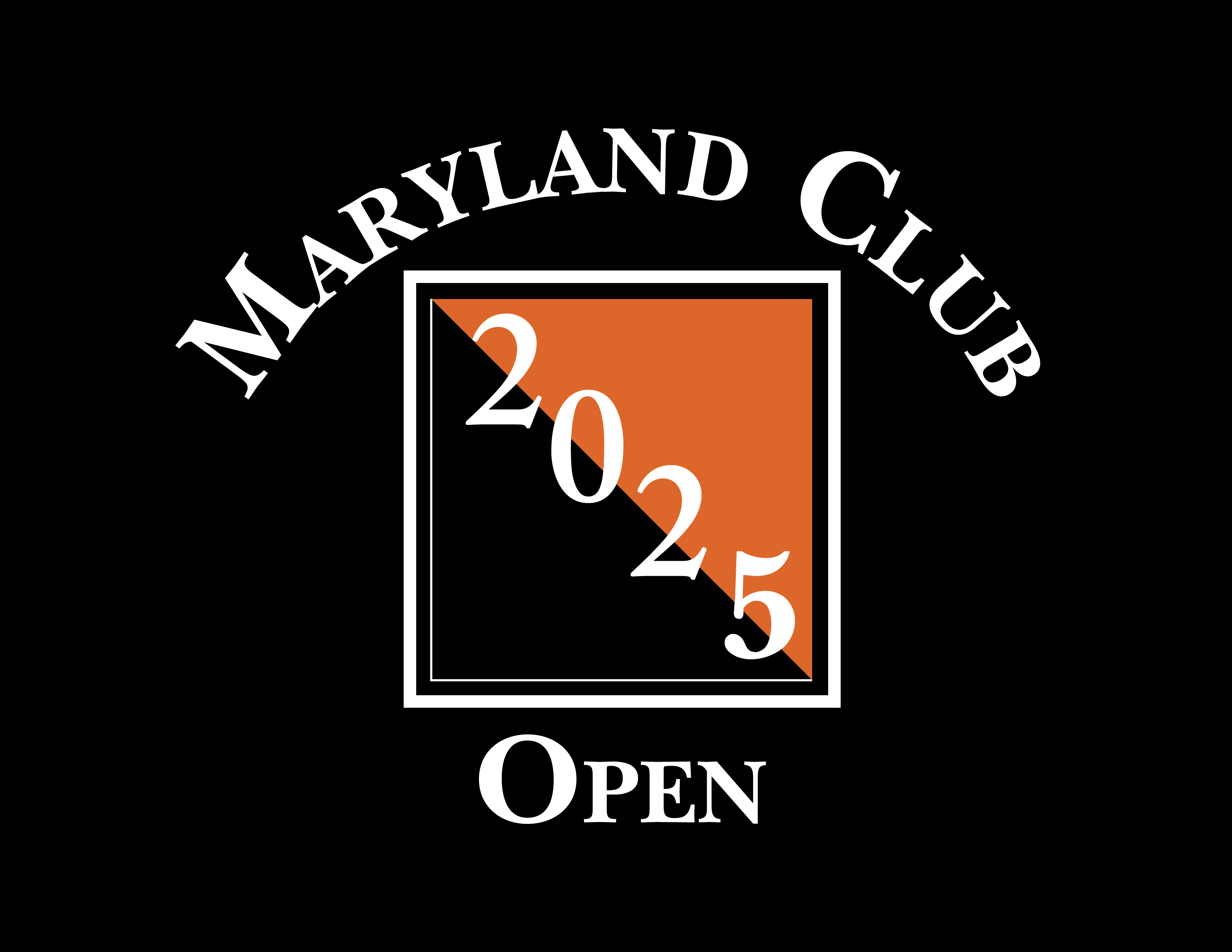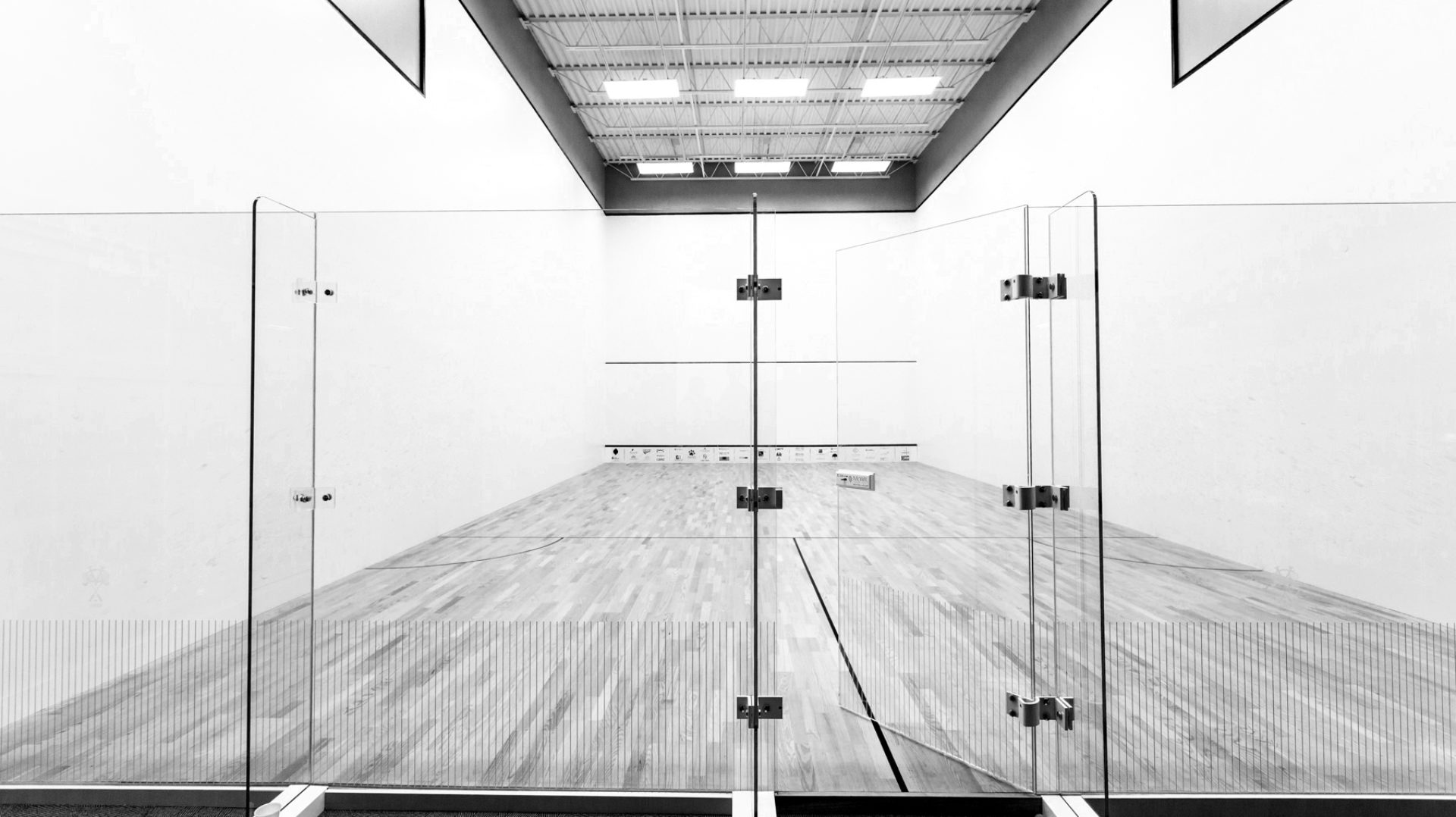Now entering the milestone fifth year of its existence, the Maryland Club Open already has the seventh longest tenure of any continuing tour stop on the ISDA circuit, a phenomenon which, combined with its colorful albeit brief history of early-round upsets and emerging heroes, its chronological positioning as the first significant ranking tournament on the season’s schedule and the $ 30,000 purse (trailing only the North American Open and Kellner Cup in the 2007-08 schedule), has made this tournament a truly compelling launch-pad for an ISDA professional doubles season.
The role that this tourney has often in the past played in defining (and in several cases, RE-defining) the personality of an ensuing season is likely to be even greater this time than ever before in light of the retirement this past spring of undoubtedly the greatest doubles player (statistically and in every other way) in the history of doubles squash, namely Gary Waite. The latter has been an absolute colossus throughout the past 15 years, earning the top team ranking on both walls and with FOUR different partners (those being Scott Dulmage in the early-1990’s, Jamie Bentley in the mid-1990’s, Mark Talbott in the late-1990’s and Damien Mudge for seven straight years prior to their being displaced by Ben Gould and Paul Price last season) and establishing the titles-won record, in most cases by a wide margin, in just about every pro championship that appears on the schedule. Prominently included among the foregoing are the coveted North American Open, which Waite won an astounding TEN times with various partners, the Kellner Cup, where he and Mudge have gone six for seven, and, for that matter, the Maryland Club Open itself, three of whose four prior editions went to Waite and Mudge, in each case against a different final-round opponent (those being Willie Hosey/Michael Pirnak in ’03, Josh McDonald/Viktor Berg in ’04 and Preston Quick/Gould in ’05, not only three different teams, but six different players).
Similarly, the eight-year Waite/Mudge partnership must be recognized as the most productive in pro-doubles history, and, fittingly, they went out with a flourish by capturing the Creek Challenge Cup in Long Island in April in the final tournament of their record-shattering partnership. But just as their performances at the Maryland Club over the past half-decade (including the 2002 BIDS title, during which event they also opposed each other in the final round of the concomitant hardball SINGLES competition) have been a solid sample of the dominance they displayed in racking up their 76 ISDA titles (more than ten times the total of any other team), so the first definitive official step in their displacement from the No. 1 perch also took place on Eager Street last fall, when they dropped their semifinal match against Price and Gould, the key to whose victory – a look-away forehand roll-corner winner by Price at simultaneous-game-point in the second, following which he and Gould roared through the subsequent pair of games before then straight-gaming Quick and Russell the next day in the final — lay in an ability to win crucial tiebreakers that they would repeat throughout the remainder of the season against both Waite/Mudge and everyone else.
This was by no means the first time that the tone for a season has been established during the course of a Maryland Club Open, nor was what Price and Gould achieved that weekend the only harbinger of what lay ahead during the 2006-07 tour. By succeeding in their pre-final matches at the expense of first Scott Butcher/Clive Leach and then, even more unexpectedly, the second-seeded Chris Walker/Viktor Berg tandem, Russell and Quick set important precedents for both their pair of later semifinal wins over Walker/Berg (in Vancouver and Boston) and the U. S. Nationals final-round triumph they would earn at the Merion Cricket Club this past spring over Butcher and Leach.
Other examples of a Maryland Club Open result presaging ensuing outcomes occurred last season, when Matt Jensen and Jeff Mulligan upset No. 1 qualifying-draw seeds Chris Deratnay and Ayman Karim to reach the first of what would become nine 2006-07 ranking-tournament quarterfinals in 11 attempts, in many cases by dint of 3-2 pre-quarters wins; in ’03, with the Pirnak/Hosey advance to the inaugural Maryland Club Open final (one of their five finals that year) and with the major upset that their semifinal victims Deratnay and Alex Pavulans engineered one round earlier in a wild Halloween Friday night when they shocked defending Kellner Cup champions Clive Leach and Blair Horler, thereby simultaneously establishing Deratnay/Pavulans as a team to be reckoned with and perhaps foretelling the dissolution of the formidable Horler/Leach duo only a few months later; and in ’05, when Quick and Gould roared into the final round, setting the stage for the Big Apple Open final-round win over Waite and Mudge that they would record in New York just three weeks later.
If anything, the potential for the enhancement of this latter phenomenon is greater this year than it has ever been, due to the “domino effect” Waite’s retirement has exerted among the first tier of his former colleagues — it left Mudge needing a partner, who became Berg, leaving Berg’s 2006-07 partner Walker needing a partner, who became Leach, and so on. The consequent reshuffling that ensued means that the Price/Gould and Russell/Quick partnerships, the only ones in the top echelon that are intact from last season, are now the most advanced in terms of their tenure together, even though each of those pairs had played only one tournament together prior to the outset of the 2006-07 campaign! How successfully these half-dozen newly formed alliances will mesh (along with how able Price will be to stay healthy in view of the knee and back problems he sustained last season, as well as how well Mudge can handle his move to the left wall) very much remains to be seen, and will clearly constitute the story-line of the 2007-08 ISDA tour — and if history is any guide, what happens this weekend at the Maryland Club Open is likely to provide a major impetus in providing the answer to that compelling question.

